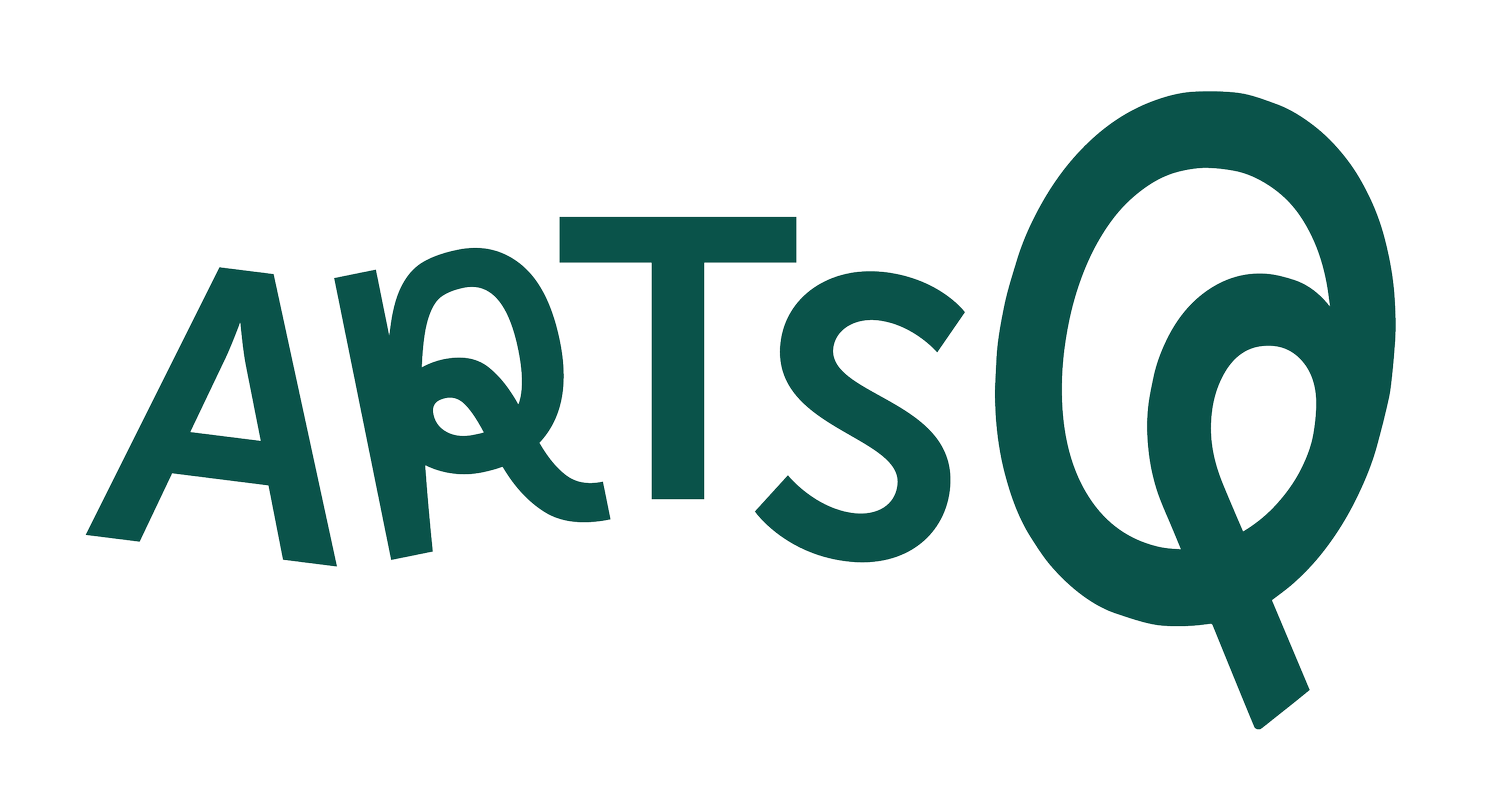What do bats symbolize in East Asian art?
Ever wondered why bats are frequently represented in East Asian art across different media? During autumn, bats often conjure visions of spooky creatures of the night, blood-sucking vampires, and supernatural forces. But in some cultures, they symbolize something quite different! In this video, we look at a 19th-century harimaze (“mixed paste up” or collage) print by Japanese artist Katsushika Taito II featuring elegant bats swooping down against a crescent moon in a deep blue sky. In East Asian art, bats are a symbol of good fortune and happiness. We explain why this is the case!
Speaker: Dr. Cortney Chaffin Kim
This video is perfect for anyone interested in:
East Asian Art
Japanese Art
Spooky Season
Symbols of Good Fortune
Art History
CHAPTERS
0:00 Introduction to Katsushika Taito’s harimaze print
0:33 What do bats symbolize in East Asian art?
1:25 Symbolism of bats and dragons
Learn more
Discover more about Japanese woodblock prints: https://www.artsq.org/techniques/v/what-is-a-woodblock-print?rq=woodblock%20print
Check out our entire glossary of art history: https://www.artsq.org/about-key-terms-ideas-art-history
Standards Alignment
D2.His.4.6-8: Analyze multiple factors that influenced the perspectives of people during different historical eras. (Why bats carried positive associations in East Asian contexts (linguistic, cultural, and artistic traditions).)
D2.Civ.7.6-8: Apply civic virtues and democratic principles in school and community settings. (Students can compare how different cultures assign meaning to symbols (bats as ominous in the West vs. auspicious in East Asia).)





